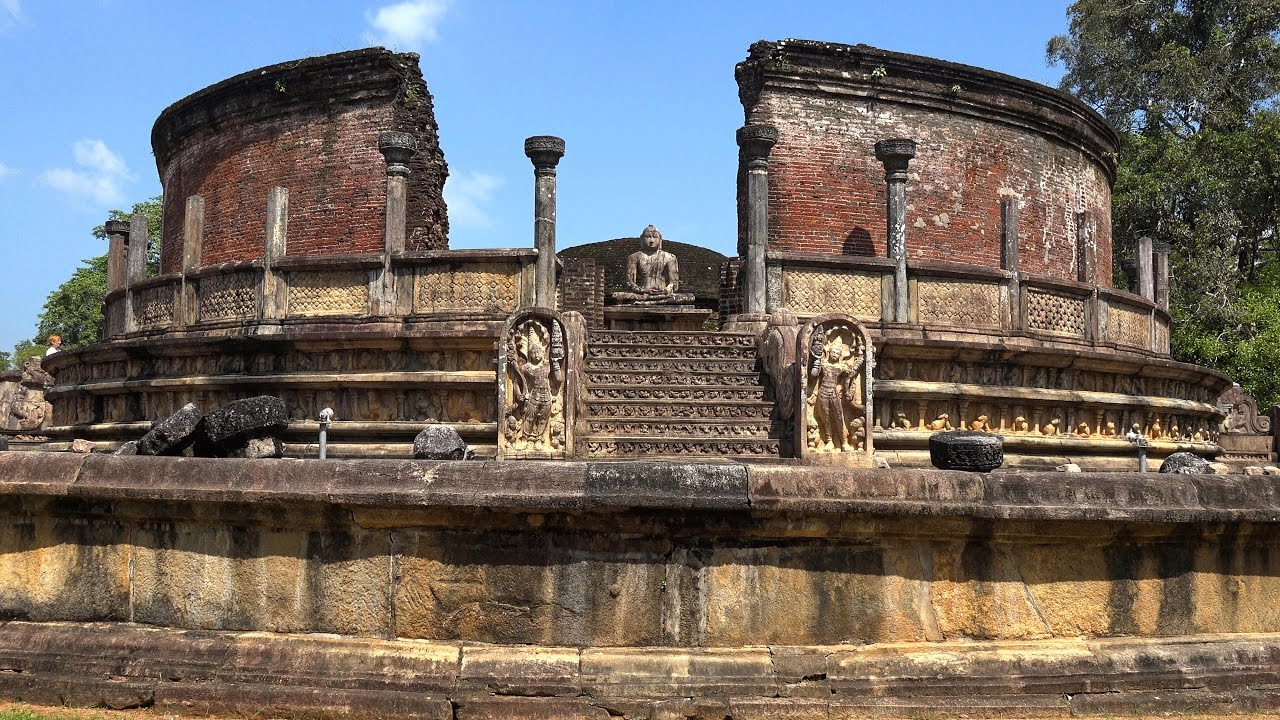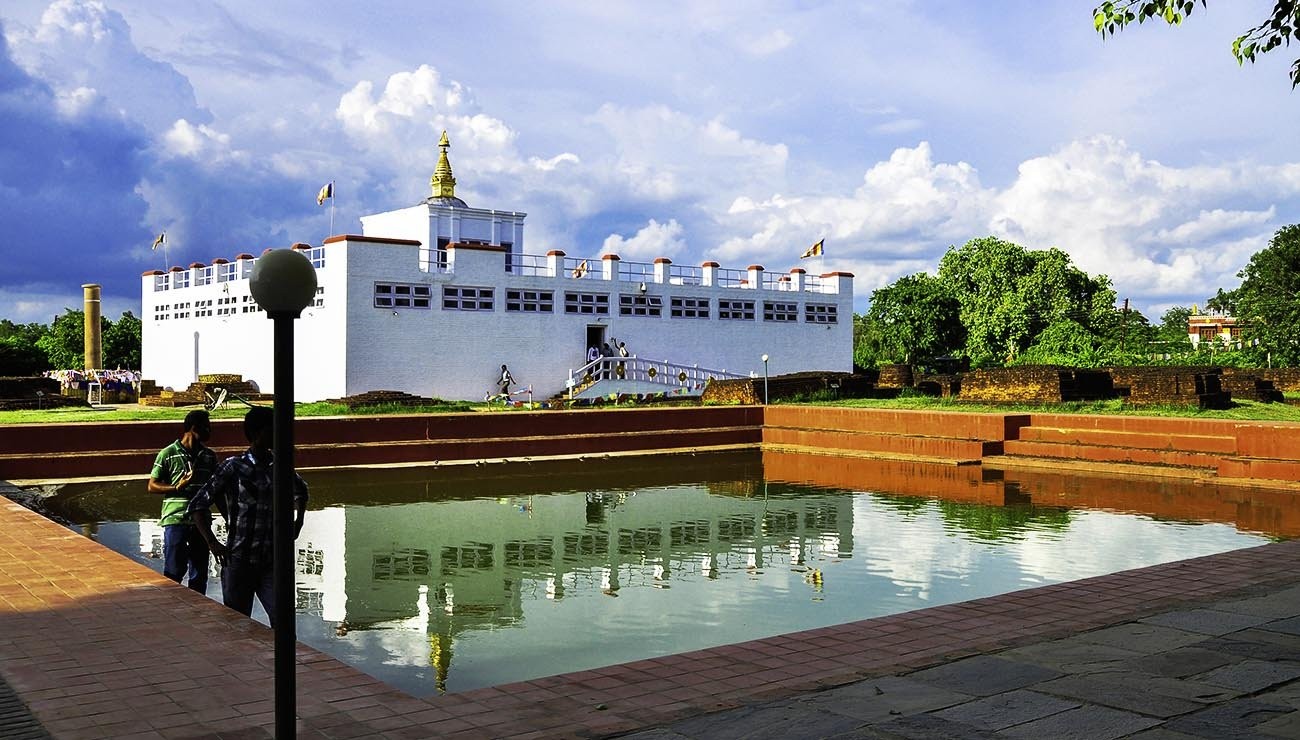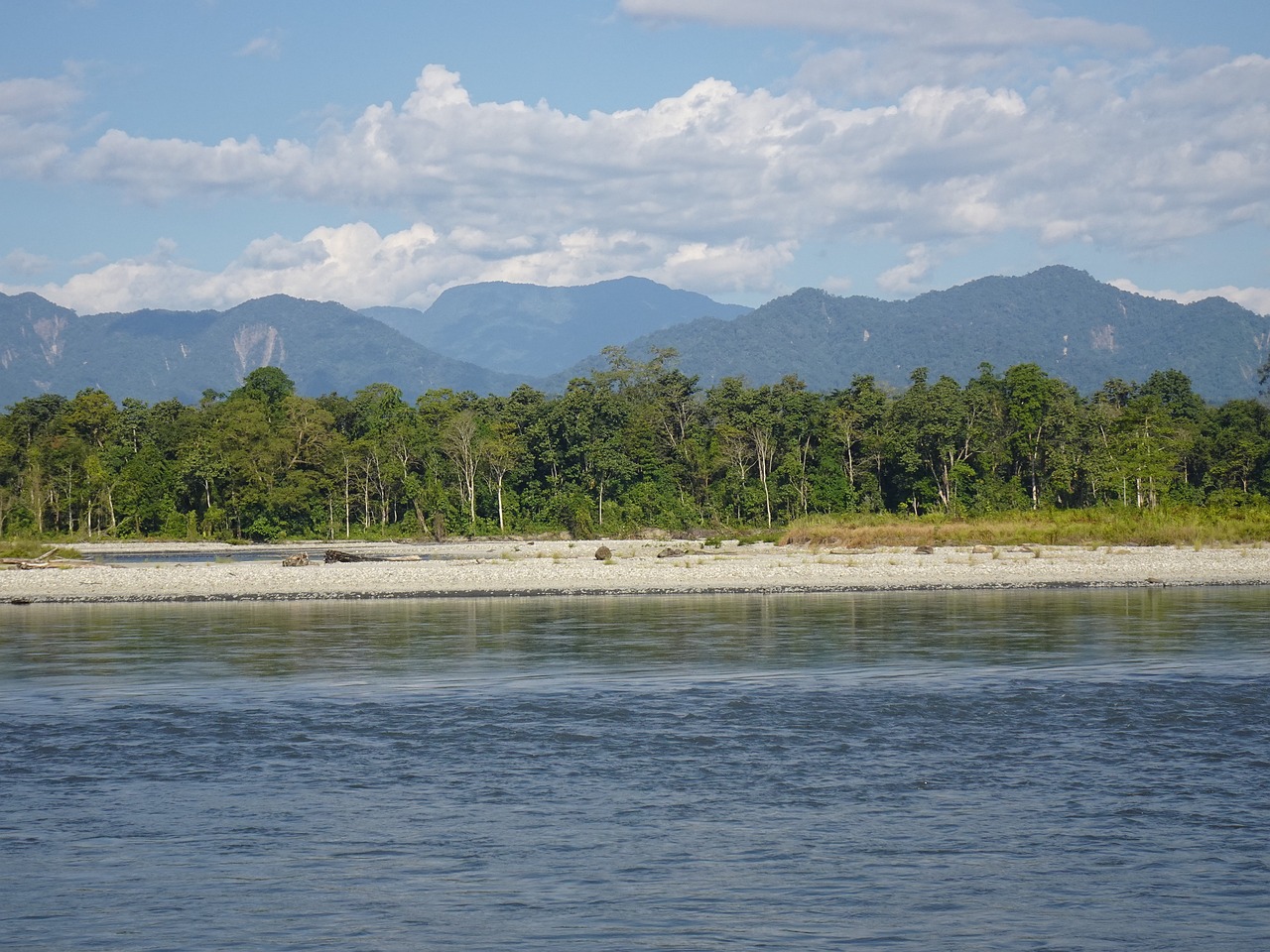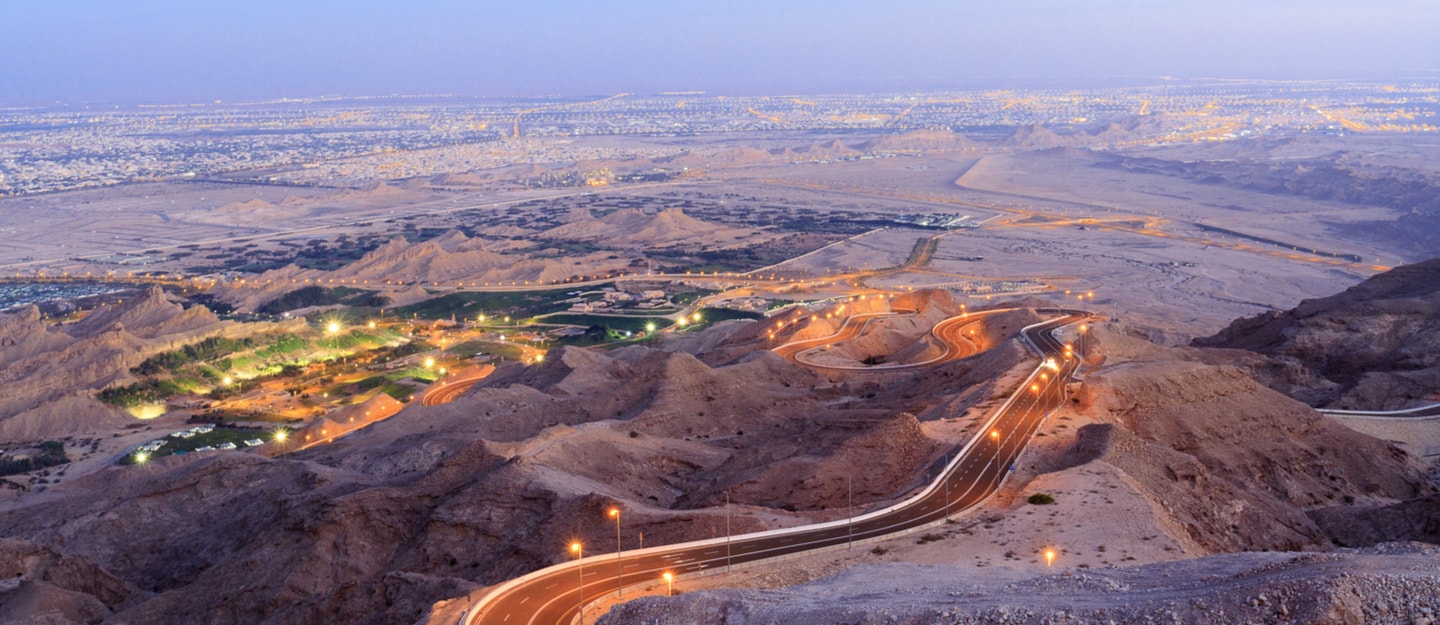The Kingdom of Polonnaruwa or the ancient city of Polonnaruwa, was the second capital of Sri Lanka for three centuries between the 11th and 13th centuries after the destruction of the Anuradhapura kingdom in 993. It is located in the North Central Province of Sri Lanka. Due to its archeological prominence and ancient technical superiority, UNESCO declared Polonnaruwa as a World Heritage Site in 1982 with the name of the ancient city of Polonnaruwa.
History of Polonnaruwa Kingdom
Polonnaruva was the first capital city declared by King Vijayabahu, who defeated the Chola invaders in 1070 and reunited the nation under a local leader. In the time of the great king Parakramabahu, who led the country between the time of 1153–1186, the land maintained such heroic scales in rice cultivation by building large-scale irrigation networks with natural-looking reservoirs in the sea. Sri Lanka came to be known as the granary of the Orient.
Polonnaruva houses the ruins of the glorious kingdom of the great king Parakramabahu. The prosperity and splendor of this empire is still evident. Today the ancient city of Polonnaruwa is one of the best planned archaeological remains in the country, testifying to the discipline and greatness of the first rulers of the kingdom.
The Great King Parakramabahu
The time of King Parakrambahu was considered as the golden age of Polonnaruva. Trade and agriculture flourished under the patronage of the king, who was so adamant that not a single drop of water falling from heaven was to be wasted and each was to be used for the development of the land. Hence, a far better irrigation system than during the Anuradhapura era was built during the reign of Parakramabahu – which still supplies the water needed for paddy cultivation during the scorching dry season in the east of the country. The greatest of these systems is the mighty ocean or ocean of might.
Things to do in Polonnaruwa
Archaeological Museum
Ancient site including ancient monuments such as Gal Viharaya / KiriVihara / Kumara Pokuna / Vatadage
Visit Parakrama Samudraya (Sea) a masterpiece of ancient hydraulic management
Money conservation center
Enjoy a typical Sri Lankan local Lunch
Cycle ride through ancient site
Polonnaruwa Tourist Information
Distance – From Colombo 227 KM / From Kandy 141 KM
Province: – North Central Province
District – Polonnaruwa
Entrance ticket price of Polonnaruwa for Museum & cultural sites (Foreign) 25 USD / Children 12.5 USD
Popular for – Ancient City of Polonnaruwa & its archaeological remains (UNESCO World Heritage)
How to get there – Direct train service available daily from Colombo fort to Polonnaruwa but no express luxury trains available / Public buses are available to Polonnaruwa and the route number is 48 from Colombo
Weather – 29 °c (Approximately)
Hotels – Many star class and normal guest houses are available in Polonnaruwa
Type – cultural
Main income – Agriculture
Similar Post – Galle, Sri Lanka
Frequently Asked Questions About Ancient City of Polonnaruwa
Q. Why was the ancient city of Polonnaruwa abandoned?
A – Although it is difficult to establish the exact introduction of malaria into the country, scholars cite malaria as a possible reason for the abandonment of Polonnaruwa.
Q. What are the historical places in Polonnaruwa?
A – Here are our top sights of the Ancient City Polonnaruwa:
Royal Palace. The first group of ruins you meet after entering the ground of the Ancient City is the Royal Palace Group.
- Audience Hall.
- Swimming Pool.
- Sacred Quadrangle.
- Shiva Devale
- Pabalu Vehera.
- Rankot Vihara.
- Dagaba Kiri Vihara.
Q. When was Polonnaruwa formed?
A – Polonnaruwa, the second oldest of the kingdoms of Sri Lanka, was first established by the Chola dynasty after their successful invasion of Anuradhapura, the then capital of the country, in the 10th century.
Q. What is another name for Polonnaruwa?
A – The Cholas shifted the capital from Anuradhapura to Polonnaruwa and ruled for about 53 years. Polonnaruva was named Jananathapuram by the Cholas. King Vijayabahu I (or Kitti) eventually defeated the Cholas and re-established the Sinhalese monarchy.
Q. Who is the first king of Polonnaruwa?
A – Polonnaruwa was renamed “Vijayarajapura” and chosen as the capital, making Vijayabahu the first Sinhala king of the Polonnaruwa kingdom. The coronation ceremony was held in a palace built for the same purpose in Anuradhapura, the former capital of the country.
Q. Who built Gal Vihar?
A – Parakramabahu I, The central feature of the temple is the four rock relief statues of Buddha, carved into a large granite (gneiss) rock face.
Q. How long do you need to get to Polonnaruwa?
A – You can cover the ruins of Polonnaruwa in about 2.5 hours. It takes about 45 minutes to climb Sigiriya Rock and about 45 minutes to descend again. You can easily cover both in a day.
Q. How long did the Polonnaruwa period last?
A – The Polonnaruwa Kingdom was the second major Sinhalese kingdom of Sri Lanka. It lasted under the rule of Lilavati from 1055 under Vijaybahu I till 1212.
Q. Who built Vatadage?
A – One such theory states that it was built in the 12th century by Parakramabahu I during his reign. The Kulavansa, an ancient chronicle, mentions that he had built a circular stone temple to hold the relic of the Buddha’s tooth. Archaeologist Harry Charles Purvis Bell believed this shrine to be Polonnaruwa Vatadage.
Q. How old is Polonnaruwa?
A – Polonnaruwa was the second capital of Sri Lanka after the destruction of Anuradhapura in 993. It contains the monumental ruins of the magnificent garden-city built by Parakramabahu I in the 12th century, apart from the Brahmin monuments built by the Cholas.











